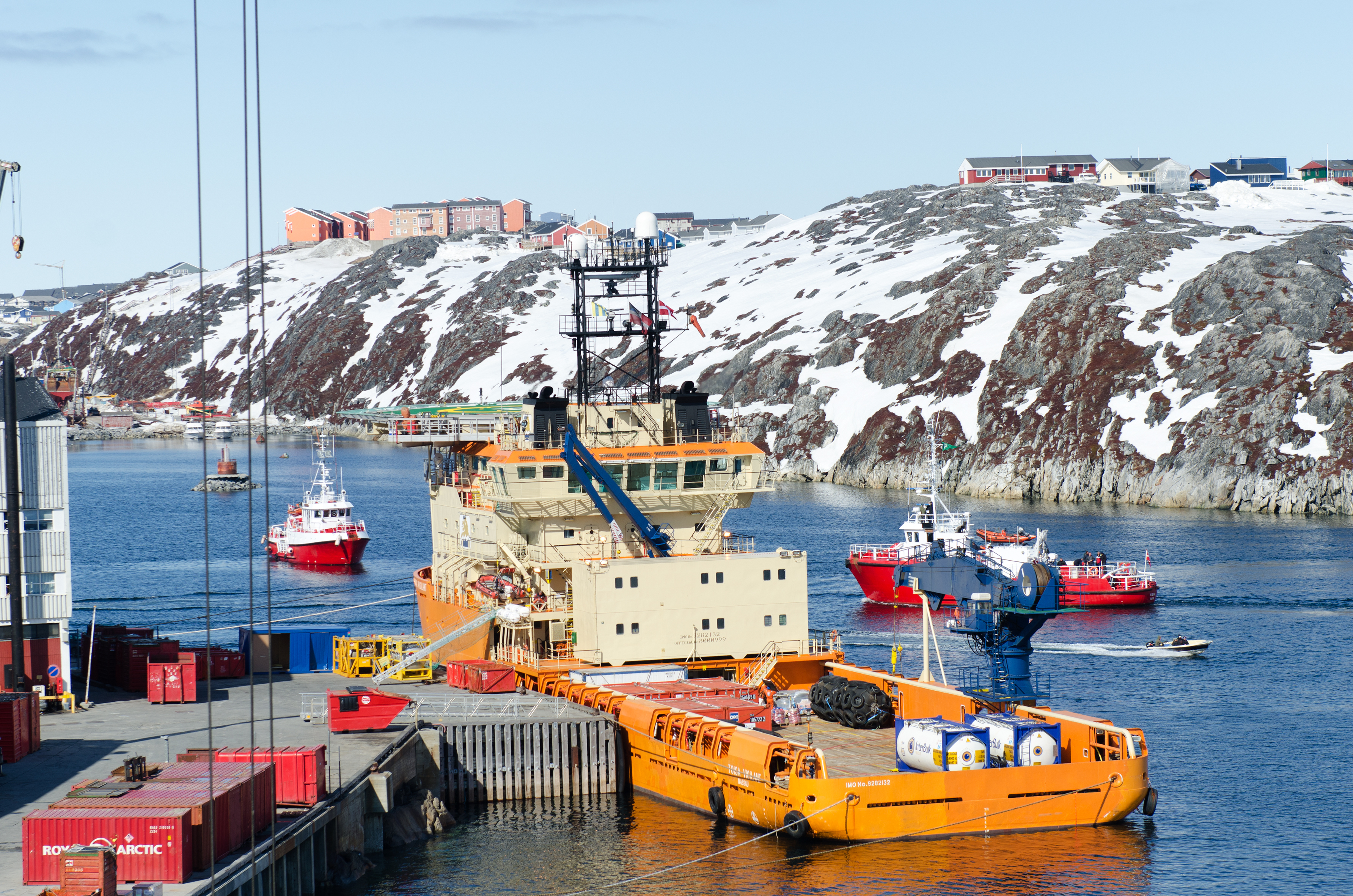Amid flagging interest in oil, Greenland sticks to its lease sale plan

Greenland will go ahead with a planned sale of oil leases in 2018, despite not receiving a single bid in an auction that concluded on December 15, that country’s oil officials said on Monday.
The next sale, covering the Davis Strait, between Greenland and Baffin Island, will be the last of five auctions called for in the 2014-2018 national oil and minerals strategy.
The Department of Mineral Resources indicated that it did not expect interest in exploring for oil in Greenland to improve measurably by the time the 2018 sale begins, but failing to hold the sale, it worries, will cast doubt on future licensing rounds and “pose an investment risk.”
The department blamed the situation on “the global recession within the exploration industry” and an oil price that is half what it was when the strategy was published in 2014.
“The absences of interest in this year’s licensing round best can be observed as an expression for restraint within the industry, which particularly hits hard in the exploration sector when the revenues are low,” a department statement said.
Oil has rallied in recent months, and is now at its highest price since the 2014 crash. But even with the improvement, and the announcement that Norway’s Statoil would invest $6 billion to develop its Johan Castberg field in the Barents Sea, interest in exploring in the Arctic remains tempered.
In Greenland, this has exacerbated a situation that has seen optimism about the possibility of finding oil dissipate rapidly after reaching a high-point in 2010 and 2011.
At that time, promising results from a $1 billion drilling program undertaken by Cairn Energy, a UK-based explorer, sparked widespread optimism in Greenland that an oil strike was imminent.
Cairn, however, sat out the 2012 season, reportedly to review the data it had gathered during the two previous summers. It never resumed exploring, and earlier this year handed back its three licenses.
Today, the remaining four licenses made available between 2002 and 2011 are also in the process of being surrendered to the Self-Rule Authority. Western Greenland is said to be sitting on 17 billion barrels of recoverable oil, but the firms handing back their licenses cited the high cost of operating in Greenland, as well as the low price of oil, as their reason for doing so.
On the eastern coast, where there is an estimated 32 billion barrels of recoverable oil, the outlook is somewhat better. There, all five offshore licenses and both on-shore licenses remain in the hands of exploration companies that include BP, Chevron and Statoil.
Greenlandic officials have in the past indicated that while they were optimistic about the prospects on the eastern coast, they viewed exploration there to be a long-range project.